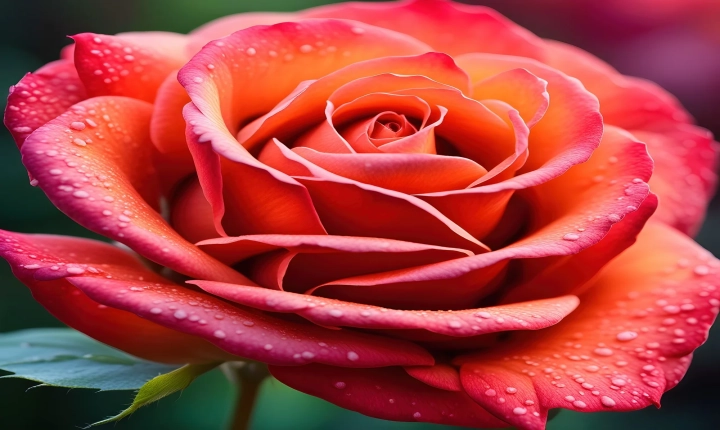Title: Exploring the Future: Generating Photos Using AI
In recent years, the advancement of artificial intelligence (AI) has led to revolutionary breakthroughs in various fields, including the creation of visual content. One remarkable application of AI in the realm of digital art is the generation of photos that are virtually indistinguishable from authentic images. This fascinating development has the potential to transform the way we perceive and produce visual content, offering a plethora of benefits and exciting possibilities.
AI-powered photo generation is made possible through a subset of AI known as Generative Adversarial Networks (GANs). GANs consist of two neural networks – a generator and a discriminator – that work in tandem to produce authentic-looking images. The generator creates synthetic images from random noise, while the discriminator evaluates these images to discern real from fake. Through an iterative process, the generator learns to produce increasingly realistic images, while the discriminator becomes more adept at distinguishing between genuine and generated photos.
The implications of AI-generated photos are far-reaching, particularly in the context of artistic expression and professional creativity. One of the most significant advantages of this technology is its ability to streamline the creative process, enabling artists and designers to generate high-quality visual content more efficiently. This can be especially beneficial in industries such as advertising, graphic design, and digital marketing, where the demand for original visual assets is high.
Additionally, AI-generated photos have the potential to democratize the creation of visual content by reducing the barriers to entry for aspiring artists and photographers. Individuals who may not have access to expensive equipment or extensive technical skills can now leverage AI to create compelling imagery. Moreover, this technology could open up new avenues for artistic experimentation, allowing creators to explore new visual styles and concepts that were previously beyond their reach.
Another intriguing application of AI-generated photos is in the realm of virtual and augmented reality (VR/AR). This technology has the capacity to produce vast quantities of realistic virtual environments and objects, enhancing the immersive experiences offered by VR/AR applications. From lifelike landscapes to intricately detailed virtual products, AI-generated photos can enrich the visual aspects of these digital realms, further blurring the line between the real and the virtual.
However, it’s important to note that the rise of AI-generated content also gives rise to ethical considerations and potential challenges. The existential threat of deepfakes – AI-generated images or videos that can convincingly depict individuals saying or doing things they never actually did – raises concerns about misinformation and the manipulation of digital content. As the technology continues to advance, it will be paramount to establish ethical guidelines and regulations to mitigate the negative implications of AI-generated photos.
In conclusion, the advent of AI-generated photos represents a paradigm shift in the realm of visual content creation. This technology has the potential to unlock new levels of creative potential, streamline production processes, and democratize access to visual artistry. Furthermore, it holds promise in revolutionizing virtual and augmented reality experiences. As we embrace the capabilities of AI in generating photos, it is essential to navigate the ethical considerations and ensure responsible use of this powerful tool. Ultimately, AI’s impact on the generation of photos is an exciting frontier that will continue to evolve and shape the future of visual arts and digital media.
